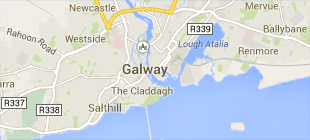-
Courses

Courses
Choosing a course is one of the most important decisions you'll ever make! View our courses and see what our students and lecturers have to say about the courses you are interested in at the links below.
-
University Life
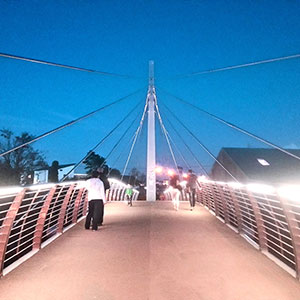
University Life
Each year more than 4,000 choose University of Galway as their University of choice. Find out what life at University of Galway is all about here.
-
About University of Galway
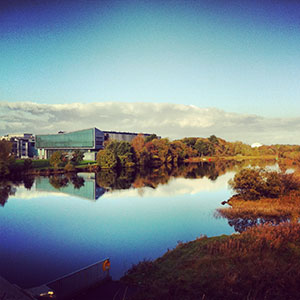
About University of Galway
Since 1845, University of Galway has been sharing the highest quality teaching and research with Ireland and the world. Find out what makes our University so special – from our distinguished history to the latest news and campus developments.
-
Colleges & Schools
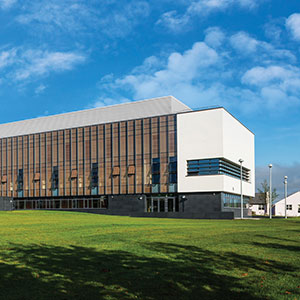
Colleges & Schools
University of Galway has earned international recognition as a research-led university with a commitment to top quality teaching across a range of key areas of expertise.
-
Research & Innovation

Research & Innovation
University of Galway’s vibrant research community take on some of the most pressing challenges of our times.
-
Business & Industry
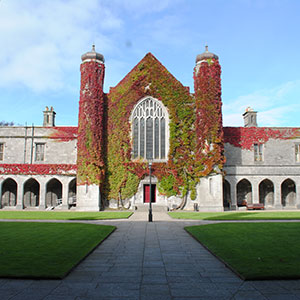
Guiding Breakthrough Research at University of Galway
We explore and facilitate commercial opportunities for the research community at University of Galway, as well as facilitating industry partnership.
-
Alumni & Friends

Alumni & Friends
There are 128,000 University of Galway alumni worldwide. Stay connected to your alumni community! Join our social networks and update your details online.
-
Community Engagement
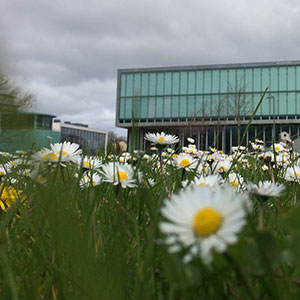
Community Engagement
At University of Galway, we believe that the best learning takes place when you apply what you learn in a real world context. That's why many of our courses include work placements or community projects.
Documents FAQs
Frequently asked questions regarding documents you upload to the website
How do I ...
Browse to media library items (images / documents)?
Media library items are stored in the CMS - The items you see in your Media library may not necessarily be being used by the live website. Once an item is used on a webpage it will automatically be uploaded to the live web server.
As T4 only uploads media items (files/images) to the web server when a webpage is using them, if you stop linking to (or embedding) a media item, or stop publishing the only page that was using it, it will be automatically removed from the web server again, but remain in your Media library.
(Note: Administrators can override this, making individual sub-categories of the media library upload images and/or files - even if those items are not in use.)
How can I browse to media library images (in the CMS)?
If you are in t4, you can go to the media library and see all images there. Click on the 'Content' option in the left hand menu and choose 'Media Library' from the expanded options.
How can I browse to media library images (on the university website)?
Unlike some other websites, you cannot browse to a university web address to click through all the folders and images that have been published by the CMS's Media Library.
However, all media library items, which are in use on the website, are stored on the web server, in subdirectories of https://www.universityofgalway.ie/media/. The exact web address depends on the names of the media library sub-categories (folders) and the number of folders, in the CMS where your file/image is located. If you know the exact location of an individual image, and its filename, you can type the complete path to the image into your browser's address bar to go directly to it.
Normally, only images that are in use by a live page will be uploaded to the live webserver by the CMS - unless an administrator has configured a media library sub-category to always upload its images.
Find out where a document / image is stored in the Media Library?
This answer is for Power users / Administrators only.
If someone else has created a document / image and you want to link to it / use it, you can simply search for it in the media library - you don't need to know the exact category it is stored in (the folders in the Media Library are called 'categories').
If you need to update a document or image, you DO need to know where it was placed in the media library - so that you can open its category first.
There are 2 ways to find out where a media item resides in the media library:
- Look at the published page that links to the document or displays the image. If its an image, right-click it and open it in a new tab. If it's a document, right-click the link and 'Copy Link Location'.
The web address of the item will begin with https://www.nuigalway.ie/media/... Each directory after that is the name of each media category to open (without spaces in it). Except for the very last bit - that's the name of the file.
E.g. https://www.nuigalway.ie/media/informationsolutionsservices/images/saoirse-704x397.jpg indicates that the file saoirse-704x397.jpg is stored in Media Library - Information Solutions Services - Images. - In the media library, you can do the following:
Using the Search field search for the file/image. The more information you have to refine the search will help.
For example, you could search for 'travel' in the Search box and a list of all items with the word Travel in the information will be displayed.
E.g. If your media item is in 'Agresso Files', and this is a sub-category of 'Files' which is, in turn, a sub-category of 'Information Solutions Services', you know you'll find the file in Media Library - Information Solutions Services - Files - Agresso Files.
An image of the item will be shown in the Preview column, and the Category (media library folder) information where the item resides will show under the Media column.
If you click on the Actions button and choose Edit media you will get more information
Click on the Usage tab to see where the image is currently in use.
Click on the Categorization tab to include the image in another category - if the item is edited it will change in all categories it resides in
Link to Word documents?
Most site visitors will be forced to download Office 365 files whenever they click on the link to a document.
Although you could consider exporting your word document to PDF (portable document format) and uploading that PDF document to the media library instead, PDF's are not very accessible for those using a screen reader. You should follow steps to make your document accessible before converting it to a PDF. A caveat is that even when converted the PDF may not be acccessible depending on its content. The only way to remediate an inaccessible PDF is by using Adobe Acrobat Pro (available on subscription) otherwise you will need to correct the error in the Source doccument (if possible) and then export it to PDF again.
Make a document available to staff only
- Remove it from the web server (media library):
a. Download it from the media library (to your own computer)
b. Delete it from the media library - Upload it to OneDrive (Microsoft's cloud-based storage):
a. Log into office.com and click the waffle menu (top left) to select OneDrive.
Note: if you create a document in office.com, it always saves to OneDrive.
b. Click the Upload button, at the top of the screen and select the file to upload. - Open the Word/Excel file you just uploaded by clicking on its name, in OneDrive.
-
Share it with people in your organisation who have the link.a. Use the share button on the top right corner and choose 'Share'b. Click 'People you specify can view' for more sharing settings
c. Click the option to share the link with 'People in National Uni...eland, Galway'
d. Click Apply - Click the Copy button - now the link to the file is in the clipboard, ready to be pasted somewhere.
- Go to the CMS and edit the section you want a link to the document to appear in.
- Edit some content in this section and add a link. When it's time to type in the web address, use Ctrl-V to paste in the address of the shared document.
Remember to make the link open in a new tab. - Save and approve your change.
Once it publishes to the web server, the link will be on your public webpage but only staff will be able to see the file when they click on that link - everyone else will be refused access.
Make the media library auto-upload images / documents to the web server?
Sometimes, you need to make the CMS upload media library images/documents - simply because the CMS doesn't know they are in use!
Often, it's because you've typed in its web address, which isn't enough to let the CMS know it has to upload it.
And, very occasionally, users need to upload a document or image to the website without linking to it from any of their pages.
Things in the media library are not uploaded to the web server as soon as they are added - putting them in the media library just adds them to the CMS.
The CMS won't upload them to the web server until it knows they are needed (i.e. embedded / linked to) by a live webpage.
If you include the image/document in a content type (using ![]() ), it will automatically upload to the web server - so long as that content type is approved, and the section containing it, is also approved.
), it will automatically upload to the web server - so long as that content type is approved, and the section containing it, is also approved.
Conversely, If this content or section ever gets set to 'Pending' or 'Inactive' (aka deleted), the media item will be removed from the web server because the CMS thinks it's no longer being used on the website
If you just type the location of an image/document into some part of the CMS (e.g. into an 'External link' or 'External Address' field), or reference/link to it in some HTML code, the CMS will not know that it has to upload that image.
If you ever need to make the CMS always upload documents / images, see the following instructions: How to make t4 always upload files (media library).
Share a document (for collaboration)?
If you want to share any office document for collaboration, you should save your document to OneDrive (Microsoft's cloud-based storage) or else create it in office.com, which always saves to OneDrive. Then, in MS Word, share it with people in your organisation who have the link.
If you need the link to be on your site, copy the share link from Word and use this to create a link in your web page.
Update an already uploaded document?
Find the document in the media library.
Click on the Actions button and choose Edit
Click on the 'Drop file here or click to Choose' field to select the newer version of the file from your hard disk. Or drag and drop the file into this field.
Tip: Make sure the filename does not contain any spaces or it might not upload.
Also, remove any characters that are reserved for web addresses ( ! * ' ( ) ; : @ & = + $ , / ? % # [ ] ) or you may not be able to browse to the file once it's uploaded.
Click 'Save changes' to save your changes.
Any links to this media item will point to the updated document within 2 hours. The old version of the file will be deleted from the web server.
Upload and link to a document?
Add your document to the media library and then select it to add it to your page content.
A link will be automatically created on your page. The wording of this link is the document's name (from the media library). If you want to change this wording, double click it.









